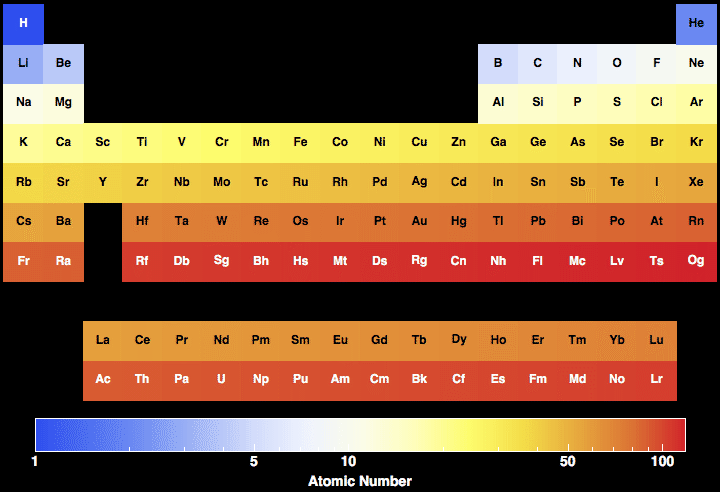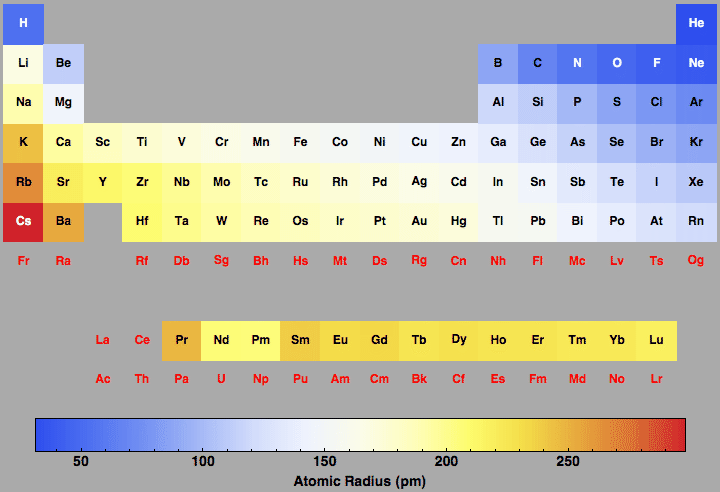

It decays into radium-223 through beta decay or into astatine-219 through alpha decay. When an electron is added, a new proton is also added to the nucleus, which. Thus helium is the smallest element and franciumfranciumFrancium is a chemical element with the symbol Fr and atomic number 87. Prior to its discovery, it was referred to as eka-caesium. The atomic radius or Bohr radius of francium is 270 Å pm Bohr radius pm and its ionic. Within a period of elements, each new electron is added to the same shell. Expert Answers: Francium is a chemical element with the symbol Fr and atomic number 87. The first atomic radius periodic trend is that atomic size decreases as you move left to right across a period.


Many challenged her findings, and it was only after World War 2 that she was finally considered as the original discoverer of francium. Francium's most stable isotope, francium-223, has a half-life of about 22 minutes. Atomic Radius Trend 1: Atomic Radii Decrease From Left to Right Across a Period.
#Atomic radius of francium free#
It was only in 1939 when Perey, at the Curie Institute, Paris, purified the element actium to free it from radioactive impurities but still found some radioactivity in it due to the presence of the still-undiscovered francium. However, when they were verified, no evidence of the suspected element was found. Orbitals are getting larger and electrons are at higher energy levels. Such claims continued to happen during the 1920’s and 1930’s based on the discovery of undetected radioactivity in some minerals and new lines in their X-ray spectra. After which, there were several claims, denials, and counterclaims coming from scientists who wanted to declare themselves as the first discoverer of this new element. Atomic radius is the distance between the outermost electron and the nucleus, and the ionization energy is the energy required to remove the most loosely-held. When and How was it Discoveredĭmitri Mendeleev, the Russian chemist who first created the periodic table, had suggested the existence of an element similar to caesium yet to be discovered. It was discovered by French physicist Margaret Perey in 1939.


 0 kommentar(er)
0 kommentar(er)
